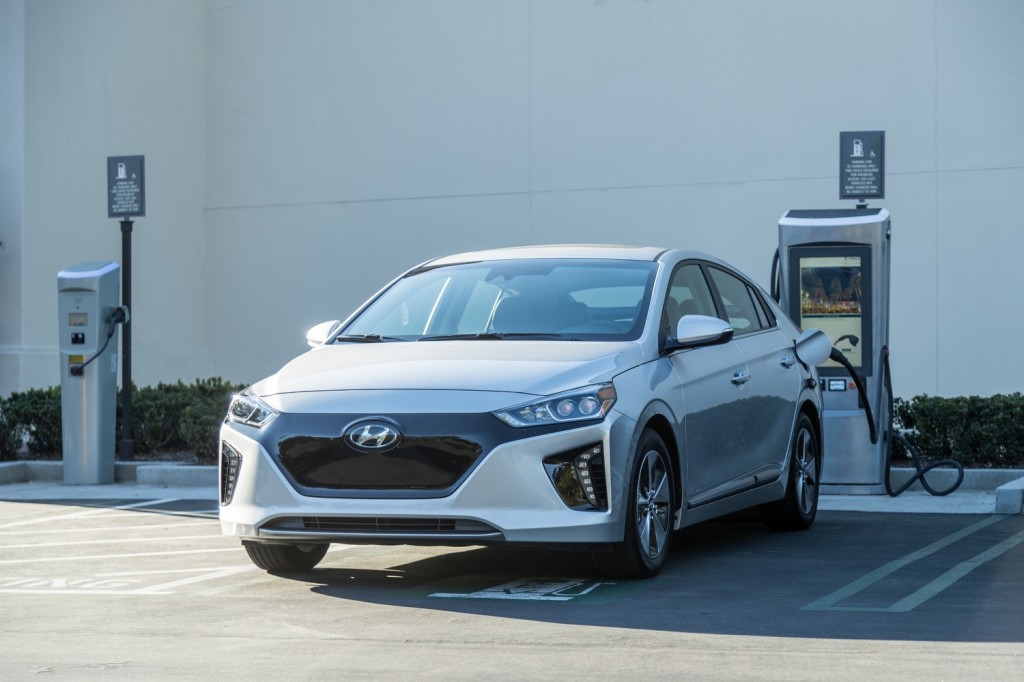One owner has now run his 2017 Hyundai Ioniq Electric's battery down all the way to "empty" so other owners know what to expect.
The Ioniq Electric is EPA-rated at 124 miles of range from the 28-kwh battery pack that powers an 88-kilowatt (118-horsepower) electric motor.
The driver in the video tells viewers that his car has been returning 137 miles on average, which means depleting the battery takes longer than anticipated.
DON'T MISS: 2017 Hyundai Ioniq Electric: first drive review of 124-mile electric car
At 5 percent of charge left, the Ioniq Electric seriously cuts power output, and reduces throttle response considerably to conserve every last electron.
A light with a turtle icon then reveals itself on the instrument cluster, a reminder that the car isn't going anywhere very quickly.
At 3 percent of battery remaining, the Ioniq Electric emits an audible verbal warning to the driver.

2017 Hyundai Ioniq Electric
That warning recommends charging the car immediately, and the car also displays alert messages on the touchscreen unit and on the gauge cluster.
Interestingly, the Ioniq Electric goes on for quite some time before the additional 2 percent is shaved off of the remaining charge.
Once only 1 percent of the battery's charge is left, though, the Ioniq Electric really slows down—the turtle light also starts to flash at the driver as an additional reminder.
READ THIS: 2017 Hyundai Ioniq prices: hybrid starts at $23,035, electric at $30,335
The driver in the video says the car slows to only about 10 mph in a last-ditch effort to keep the car moving for as long as possible, presumably to get to the nearest charging station.
It seems there is no reserve capacity, such as the additional 25 miles of range that can be found in Tesla vehicles as a safety net after the estimated range falls to zero.
When the Ioniq Electric's battery is depleted, it's depleted, and that's that.
CHECK OUT: Hyundai Ioniq Electric beats Prius Prime, BMW i3 on energy efficiency
The saving grace for Hyundai's first all-electric car, however, is its standard DC fast charging capability.
That lets owners who run dangerously low on battery capacity restore up to 80 percent of its charge in considerably less than an hour, assuming a 50-kw fast charging station.

2017 Hyundai Ioniq Electric (European spec), 2016 Geneva Motor Show
The Ioniq Electric is capable of fast charging at 100 kw—a rate higher than any other electric vehicle except Tesla offers, not to mention higher than any currently operating CCS fast-charging sites in the U.S.
Regardless, however, unless the owner has a peculiar fondness for 10-mph travel for their entertainment value, Ioniq Electric drivers now have more information about the car's battery reserve: there isn't any.
_________________________________________












